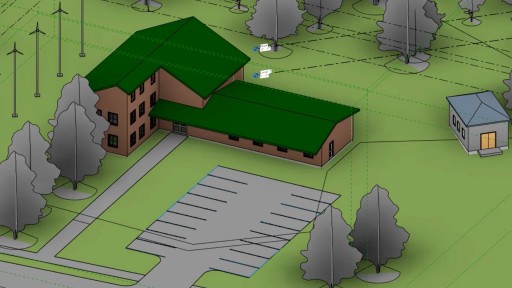Revit 2024 – Essential Training for Architecture
Release date:2023, May 9
Duration:16 h 28 m
Author:Paul F. Aubin
Skill level:Beginner
Language:English
Exercise files:Yes
Welcome to the Revit 2024 course for architectural design! This course is specifically designed for beginners with no prior experience in Revit. Instructor Paul F. Aubin will guide you through the fundamentals and help you become comfortable with the Revit environment.
The course starts by setting up a project and introducing you to the essential elements of architectural design in Revit. Paul demonstrates how to add grids, levels, and dimensions that will serve as the foundation for your design.
Once you have a solid understanding of the Revit environment, you will dive into modeling. Paul covers various modeling techniques, including adding walls, doors, and windows, using joins and constraints, creating groups, and linking to DWG files. You will also learn how to model floors, roofs, and ceilings to complete your architectural design.
The course goes beyond the basics and explores advanced modeling techniques. Paul will teach you how to model stairs and complex walls, add rooms to your design, and create schedules for accurate project management.
Annotating your drawings is crucial for clear communication, and Paul will show you how to annotate your drawings effectively. You will learn how to ensure that all components of your design are clearly understood.
Finally, the course covers the process of outputting your drawings. You will discover how to create sheets and output them to PDF and AutoCAD formats for sharing and collaboration.
By the end of this course, you will have gained a solid foundation in using Revit 2024 for architectural design. Whether you are a student or a professional looking to learn Revit from scratch, this course will equip you with the essential skills to create architectural designs using Revit.





 Channel
Channel





